

Helianthis advantages: cute flower, delicious tuber, disease resistance, low water needs.
Helianthis key facts
Name: Helianthus strumosus
Common: pale-leaved woodland sunflower, helianthis
Family: Asteraceae
Type: Root vegetable
Height – 3 to 6 ½ feet (1 to 2 meters)
Planting distance – every 20 to 24 inches (50-60 cm)
Exposure – full sun
Soil – any type
Planting: mid- to late spring – Harvest: end of winter, beginning of spring
Perfect substitute for potato in any recipe. And, not to be forgotten, helianthis is also a very beautiful perennial with bright yellow flowers, like its cousin Jerusalem artichoke.
Two options to get your helianthis crop going: start from sowing seeds or plant nursery seedlings.
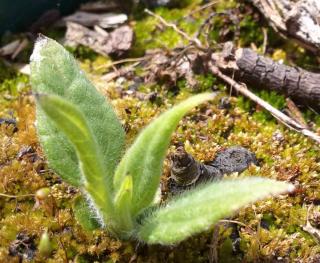
Remove any weeds (self-sown plants that you don’t want growing there) and then sow the seeds by burying 2 or 3 of them about half-an-inch deep (1 cm).
After 10 to 15 days, you should see sprouts appear. From each cluster, keep only one seedling, the most vigorous one. This is called thinning.
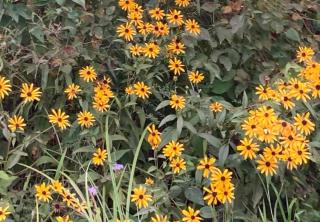
When planting in a vegetable patch, space each plant by nearly 2 feet (50 to 60 cm) along a row.
When growing the plant in an ornamental flower bed, try to keep the planting density at around 4 or 5 helianthis stems per square yard or meter.
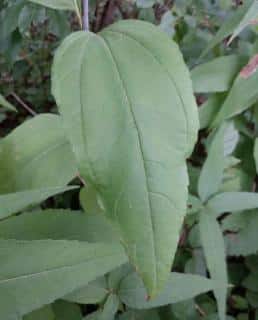
This very hardy plant is easy to care for and it doesn’t need much water. However, stay watchful in case of long-lasting drought.
Note that if your plants are in a spot where it gets windy, the tall, gangly stalks risk breaking and falling over:
You can harvest your helianthis tubers at the end of winter (end of February, early March).
The easiest way to do this is to lift soil up with a pitchfork. Start out at a distance, working from the outside towards the stem: this will let you lift tubers out without bruising them.
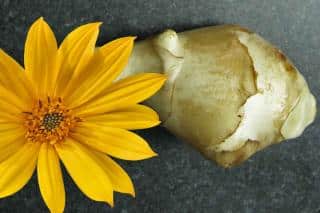
They won’t keep for very long, unlike Peruvian oca or potato.
It’s thus best to only unearth tubers the week you plan to eat them.
Good to know: the fresher they are, the more digestible they’ll be to eat.
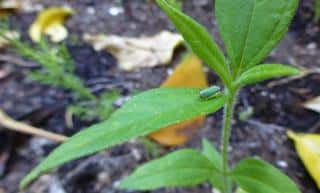
Note that some small black slugs, Arion hortensis, may even cause damage to the tubers.
As for diseases, Helianthis is highly resistant to powdery mildew.
Since you harvest helianthis tubers in the same season you plant them, simply set a few roots aside to plant again immediately when harvesting.